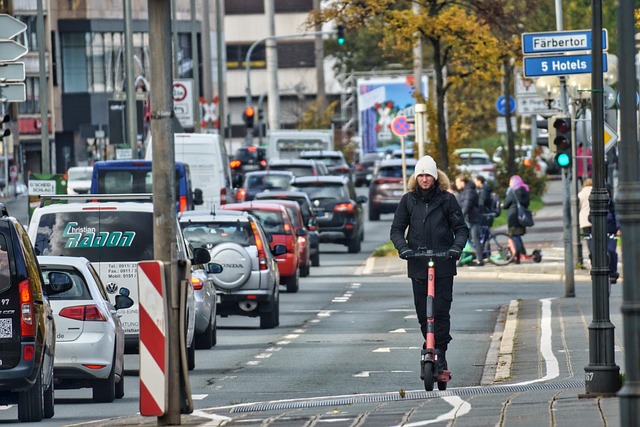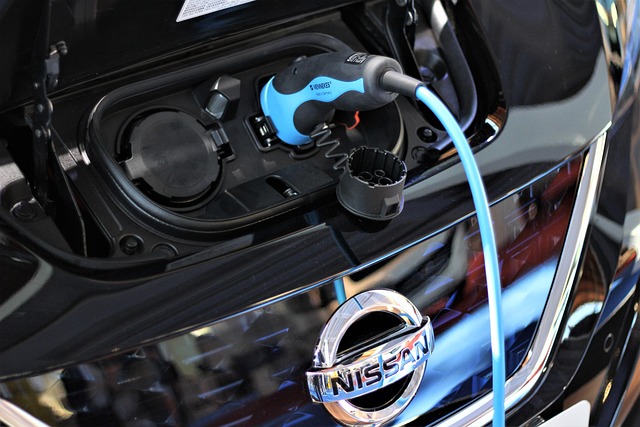Rural areas often face unique challenges that differ significantly from urban landscapes. One of the most pressing issues is the complexity of mobility, which directly affects rural development strategies. In this blog, we will explore innovative mobility solutions that can enhance connectivity and promote growth in rural communities.
Access to reliable transportation is fundamental in rural areas. It not only affects residents’ ability to reach employment opportunities, educational institutions, and healthcare facilities—but also influences the overall socioeconomic development of these regions. Traditional methods of commuting, such as personal vehicles, often pose difficulties due to distance and accessibility. Thus, adopting innovative mobility strategies is crucial in overcoming these barriers and fostering rural development.
One approach gaining traction is the integration of technology-driven solutions like ridesharing platforms and micro-transit options. These services can provide on-demand transportation for residents who may not own a vehicle or have access to public transport. By implementing a community-focused app, local governments can connect residents with drivers, thereby reducing isolation and increasing access to essential services. This not only enhances individual mobility but also stimulates local economies by facilitating movement to markets and workplaces.
Moreover, investing in public transportation infrastructure tailored to rural needs is essential. Unlike urban routes, rural routes must be designed with flexibility in mind. Buses that operate on demand or at varied schedules based on community input can significantly improve access for those living in remote areas. Additionally, creating partnerships with local organizations can aid in understanding the specific mobility needs of residents, leading to more efficient rural development strategies.
Another innovative strategy that is transforming the rural mobility landscape is the introduction of electric vehicles and e-bikes. These eco-friendly options provide sustainable solutions for short-distance travel within rural communities. They are not only cost-effective but also contribute to reducing the carbon footprint, catering to communities striving for a greener future. Implementing charging stations and safe biking routes can encourage adoption and integration of these options into daily life.
Furthermore, community-driven initiatives play a vital role in enhancing rural mobility. By fostering engagement and encouraging locals to contribute to mobility planning, communities can tailor solutions that truly reflect their needs. Workshops and feedback sessions can unearth innovative ideas from residents who are often the best advocates for their own mobility challenges.
Ultimately, the path to effective rural development requires a multifaceted approach to mobility. By investing in technology, enhancing public transport, promoting sustainable options, and engaging with the community, we can pave the way for a brighter, more connected future for rural areas. It requires collaboration and creativity, but the potential for thriving rural communities is worth the effort.



